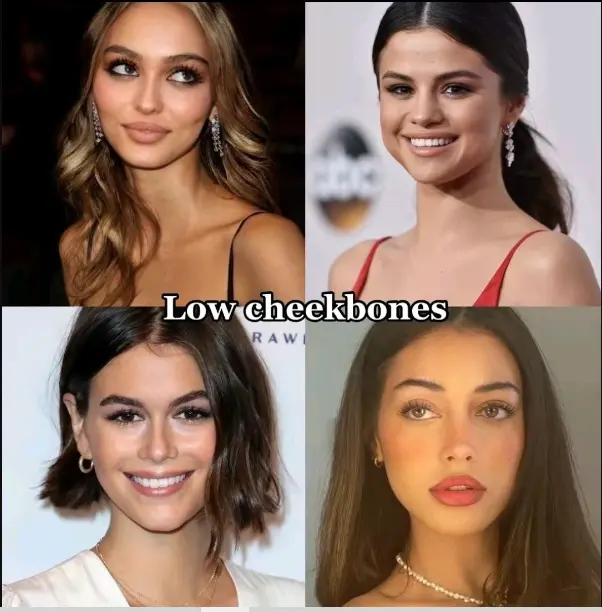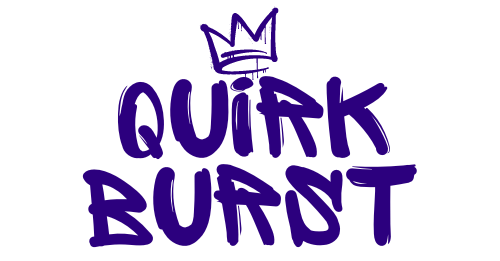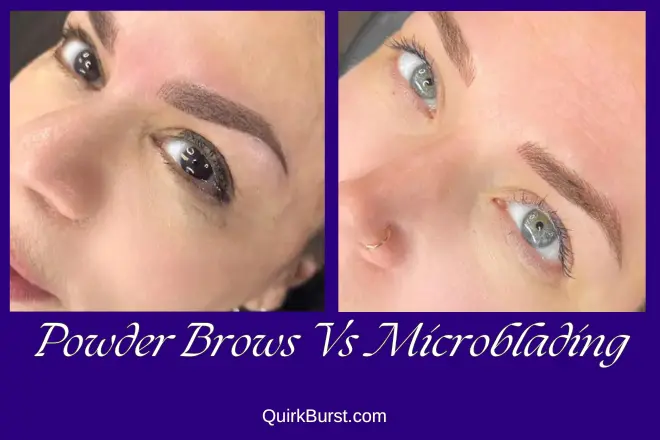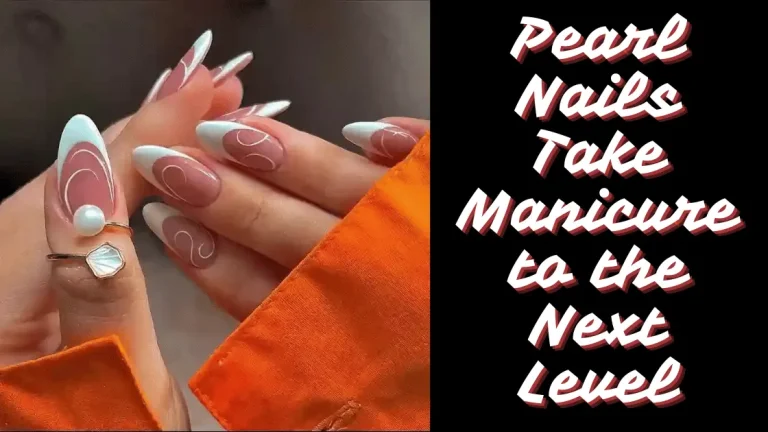Low Vs High Cheekbones: Know the Differences and Enhance Your Look
High cheekbones are often seen as a sign of beauty. They are admired in models, celebrities, and people from different cultures. But what exactly are high cheekbones, and how are they different from low cheekbones?
In this guide, we’ll explain everything you need to know about low vs high cheekbones, including their architecture, cultural significance, and how age and weight affect them. We’ll also share tips on how to enhance and appreciate your unique facial structure.
low vs high cheekbones Architecture
Cheekbones are formed by the zygomatic bones in your face. These bones are located on the sides of your face and play a big role in your overall facial structure. They connect with other bones in your skull, like the frontal, temporal, and maxilla bones.
But cheekbones aren’t just about bones. The muscles in your face, like the zygomaticus major and minor, help make your cheekbones more noticeable. Fat pads under your skin also add to the shape and fullness of your cheeks.
Everyone’s cheekbones are different. Your genetics and ethnicity play a big part in how your cheekbones look, making each person’s facial features unique.
Learn More Here: Best Filler for Cheeks in 2024: Everything You Need to Know for a Youthful Look
low vs high cheekbones
High Cheekbones
High cheekbones have a few standout features:
- Prominent Angle: The angle between the cheekbone and the rest of the face is sharp and well-defined.
- Lifted Appearance: High cheekbones give your face a more lifted and sculpted look.
- Light Reflection: They catch and reflect light, making them more noticeable.
People with high cheekbones often have a more angular and defined face. Many cultures see high cheekbones as a sign of youth, health, and attractiveness.
Low Cheekbones
Low cheekbones have different characteristics:

- Softer Angle: The transition between the cheekbone and the rest of the face is smoother and less defined.
- Rounder Appearance: The cheeks may look fuller and rounder.
- Less Light Reflection: Low cheekbones reflect less light, making them less prominent.
While high cheekbones are often desired, low cheekbones can also be beautiful. They give the face a softer, more approachable look.
Check This Out: HydraFacial Before and After: The Remarkable Transformation
Cultural Significance of low vs high cheekbones
Throughout history, high cheekbones have been a symbol of beauty. This could be because they’re often associated with youth, health, and fertility.
In many Western cultures, high cheekbones are highly valued and are often highlighted in fashion and beauty magazines. However, not all cultures see them the same way. In some Asian cultures, a wider, rounder face with less prominent cheekbones is preferred.
Despite these differences, the appeal of high cheekbones is strong in many parts of the world. They’re often linked to femininity, elegance, and sophistication.
How Aging and Weight Affect Cheekbones
As we age, our faces change, and so do our cheekbones. The production of collagen and elastin—proteins that keep our skin elastic—slows down. This can lead to a loss of facial volume, making cheekbones less prominent. The fat pads under the skin may also shrink or move, making the cheeks look more sunken.

Weight changes can also affect how your cheekbones look. Losing weight can make cheekbones more prominent as the fat pads shrink, while gaining weight can make them less defined. However, these changes vary from person to person, depending on factors like genetics and age.
How to Determine Your Cheekbone Type
It’s easy to figure out if you have low vs high cheekbones. Here’s a simple way to do it:
- Place your thumb on the tragus (the small piece of cartilage in front of your ear).
- Place your index finger on the side of your nostril.
- Slowly move your fingers towards each other until they meet. That’s where your cheekbone is.
If your cheekbone is closer to your eyes, you have high cheekbones. If it’s closer to the bottom of your nose, you have low cheekbones.
How to Enhance and Contour Your Cheekbones
No matter what type of cheekbones you have, there are ways to make them look even better:
Makeup Techniques
Makeup is a great way to accentuate your cheekbones without any drastic changes:
- Highlighting: Apply a highlighter along the top of your cheekbones to make them stand out.
- Contouring: Use a matte bronzer or contour powder under your cheekbones to create depth and definition.
- Blush: Add a pop of color to your cheeks by applying blush to the apples of your cheeks.
Non-Surgical Options
If you’re looking for more noticeable or lasting results, there are non-surgical options:
- Dermal Fillers: These are injections, usually of hyaluronic acid, that add volume to your cheekbones.
- Thread Lifts: This procedure uses dissolvable threads to lift and tighten the skin around your cheekbones.
Expand Your Knowledge : Skinvive Before and After Real Patient Results and Benefits
Surgical Procedures
For a permanent change, surgical options are available:
- Cheek Implants: Implants made of silicone or other materials are placed on your cheekbones to make them more prominent.
- Cheekbone Reduction: This surgery involves reducing the size of your cheekbones for a softer look.
Embracing Your Natural Beauty
While there are many ways to enhance your low vs high cheekbones, it’s also important to embrace your natural beauty. Beauty standards change over time and vary between cultures, so what’s considered beautiful now might not be in the future.
The most important thing is to feel confident and comfortable in your own skin. Instead of trying to change your cheekbones, appreciate your unique facial features and express your individuality.
Conclusion
Cheekbones are an important part of our facial structure. Whether high or low, they add to our unique beauty. Understanding the anatomy, cultural significance, and aesthetics of cheekbones can help us appreciate them even more.
While there are many ways to enhance or change the appearance of your cheekbones, the most important thing is to feel good about yourself. Embrace your natural beauty, celebrate your individuality, and remember that true beauty is about more than just one facial feature.







